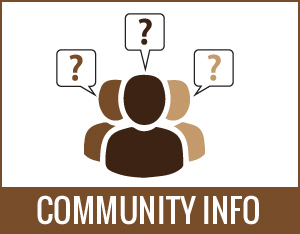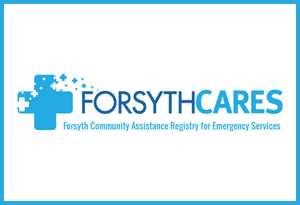
- By Todd Luck
- Posted Monday, November 23, 2020
New interactive COVID Dashboards give public greater access to case data
Two new interactive dashboards for COVID-19 case information give users a chance to explore local data on the pandemic.
The two new dashboards were created by MapForsyth using data supplied by the NC Department of Health and Human Services and Forsyth County Department of Public Health. They’re available on Forsyth County’s COVID-19 page.
The first dashboard contains information updated daily from the NC Department of Health and Human Services with cases numbers and deaths for both Forsyth County and the whole state, along with statewide hospitalization numbers. It’s usually updated daily by 12:30 p.m. You can also click on each county in North Carolina to see their case counts and deaths.
The daily numbers from the state include all positive tests in Forsyth County, regardless of residency. Every week, Forsyth County Public Health’s Epidemiology Division determines which cases are Forsyth County residents for a weekly Surveillance Report that is released to the public through the county’s COVID page, social media and a release sent to the news media.
Now these weekly numbers are available in a second dashboard with interactive charts that divide cases by age, race and zip code with a multitude of different options to view the data. It’s usually updated by 2:00 p.m. on Tuesdays with the previous week’s data. By default the charts show cumulative cases, but users can view specific dates and date ranges for all the charts. The charts can also be expanded to a larger view, which allows you to see the full race/ethnicity chart and can be helpful If viewing them on a mobile phone.
Epidemiology and Surveillance Director Lovette Miller said the dashboard gives the public access to more data than the printed charts and continues the county’s effort to be as transparent as possible with data on the pandemic. She said it helps residents understand the scope and seriousness of COVID-19, and why its important to take measures to slow its spread.
“I think it’s important for people to know the extent of the disease in Forsyth County,” said Miller. “When we talk about it, it seems to be abstract for the most part. I think seeing it graphically, you’re able to see for yourself just how widespread the disease is in different zip codes, age groups and ethnicities.”











